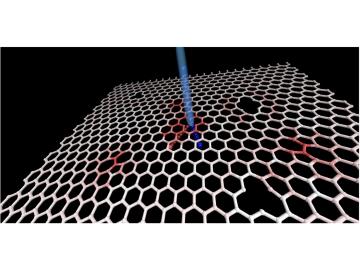
Filter News
Area of Research
- (-) Biology and Environment (102)
- (-) Materials (122)
- Advanced Manufacturing (5)
- Biological Systems (1)
- Biology and Soft Matter (4)
- Building Technologies (2)
- Chemical and Engineering Materials (3)
- Chemistry and Physics at Interfaces (7)
- Clean Energy (168)
- Climate and Environmental Systems (7)
- Computational Biology (1)
- Computational Chemistry (5)
- Computational Engineering (1)
- Computer Science (3)
- Data (1)
- Earth Sciences (1)
- Electricity and Smart Grid (1)
- Energy Frontier Research Centers (7)
- Fuel Cycle Science and Technology (2)
- Functional Materials for Energy (8)
- Fusion and Fission (32)
- Fusion Energy (7)
- Geographic Information Science and Technology (1)
- Isotopes (21)
- Materials for Computing (13)
- Materials Synthesis from Atoms to Systems (8)
- Materials Under Extremes (7)
- National Security (45)
- Neutron Data Analysis and Visualization (2)
- Neutron Science (72)
- Nuclear Science and Technology (27)
- Quantum Condensed Matter (3)
- Quantum information Science (4)
- Renewable Energy (2)
- Sensors and Controls (2)
- Supercomputing (153)
- Transportation Systems (4)
News Type
News Topics
- 3-D Printing/Advanced Manufacturing (5)
- Advanced Reactors (1)
- Artificial Intelligence (8)
- Big Data (8)
- Bioenergy (28)
- Biology (42)
- Biomedical (10)
- Biotechnology (6)
- Buildings (1)
- Chemical Sciences (10)
- Clean Water (10)
- Climate Change (23)
- Composites (3)
- Computer Science (18)
- Coronavirus (5)
- Cybersecurity (1)
- Decarbonization (16)
- Energy Storage (8)
- Environment (63)
- Exascale Computing (5)
- Frontier (3)
- Fusion (2)
- Grid (2)
- High-Performance Computing (13)
- Hydropower (5)
- Isotopes (6)
- Machine Learning (6)
- Materials (20)
- Materials Science (19)
- Mathematics (3)
- Mercury (6)
- Microscopy (13)
- Nanotechnology (10)
- National Security (2)
- Net Zero (1)
- Neutron Science (9)
- Nuclear Energy (9)
- Partnerships (3)
- Physics (12)
- Polymers (5)
- Quantum Computing (1)
- Renewable Energy (1)
- Security (2)
- Simulation (9)
- Space Exploration (1)
- Summit (7)
- Sustainable Energy (19)
- Transformational Challenge Reactor (2)
- Transportation (4)
Media Contacts
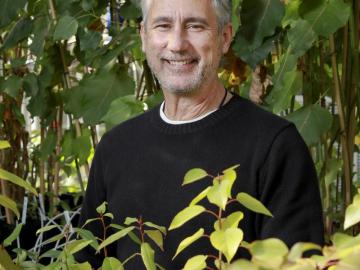
It’s been 10 years since the US Department of Energy first established a BioEnergy Science Center (BESC) at Oak Ridge National Laboratory (ORNL), and researcher Gerald “Jerry” Tuskan has used that time and the lab’s and center’s resources and tools
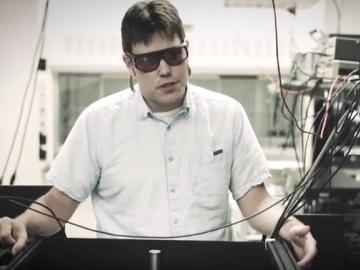

Researchers have long sought electrically conductive materials for economical energy-storage devices. Two-dimensional (2D) ceramics called MXenes are contenders. Unlike most 2D ceramics, MXenes have inherently good conductivity because they are molecular sheets made from the carbides ...
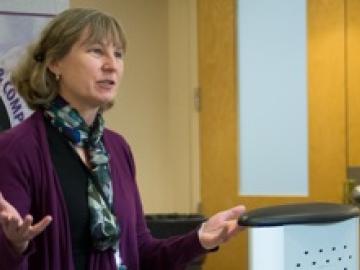
Ecologist Virginia Dale is an ORNL corporate fellow and director of the lab’s Center for BioEnergy Sustainability. In her work she focuses on environmental decision making, plant succession, land-use change, landscape ecology, ecological modeling, sustainability, and bioenergy systems. Dale...
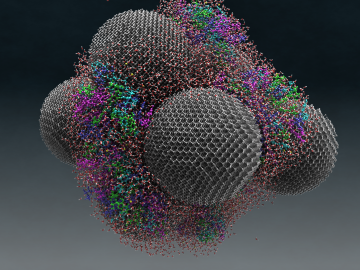
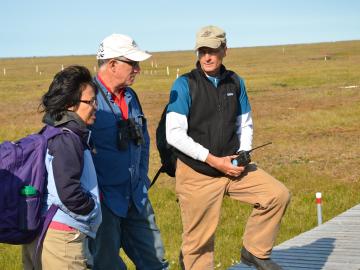
Stan Wullschleger did not intend to stay so long at Oak Ridge National Laboratory, but as many other scientists can relate, time flies when you’re engaged in interesting work. “I don’t know if you can tell while it’s happening or you just notice it in hindsight, but the lab is a wonderful place t...
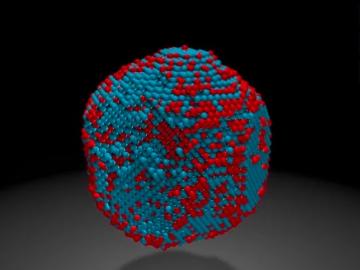
Barely wider than a strand of human DNA, magnetic nanoparticles—such as those made from iron and platinum atoms—are promising materials for next-generation recording and storage devices like hard drives. Building these devices from nanoparticles should increase storage capaci...
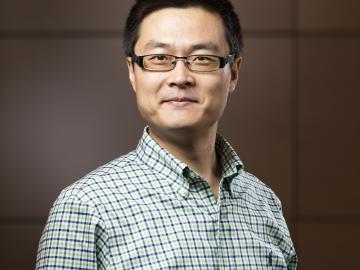
CCSI scientist Jiafu Mao, of the Terrestrial Systems Modeling group in the Environmental Sciences Division, parlayed his interest in physics and mathematics as a student in China into a field of study he has always found interesting

At the confluence of energy and ecology is where Henriette “Yetta” Jager has found her calling. A senior scientist in the Environmental Sciences Division, Yetta uses models to look for win-win opportunities to produce more energy without harming fish and wildlife. Yetta’s research for the US D...
